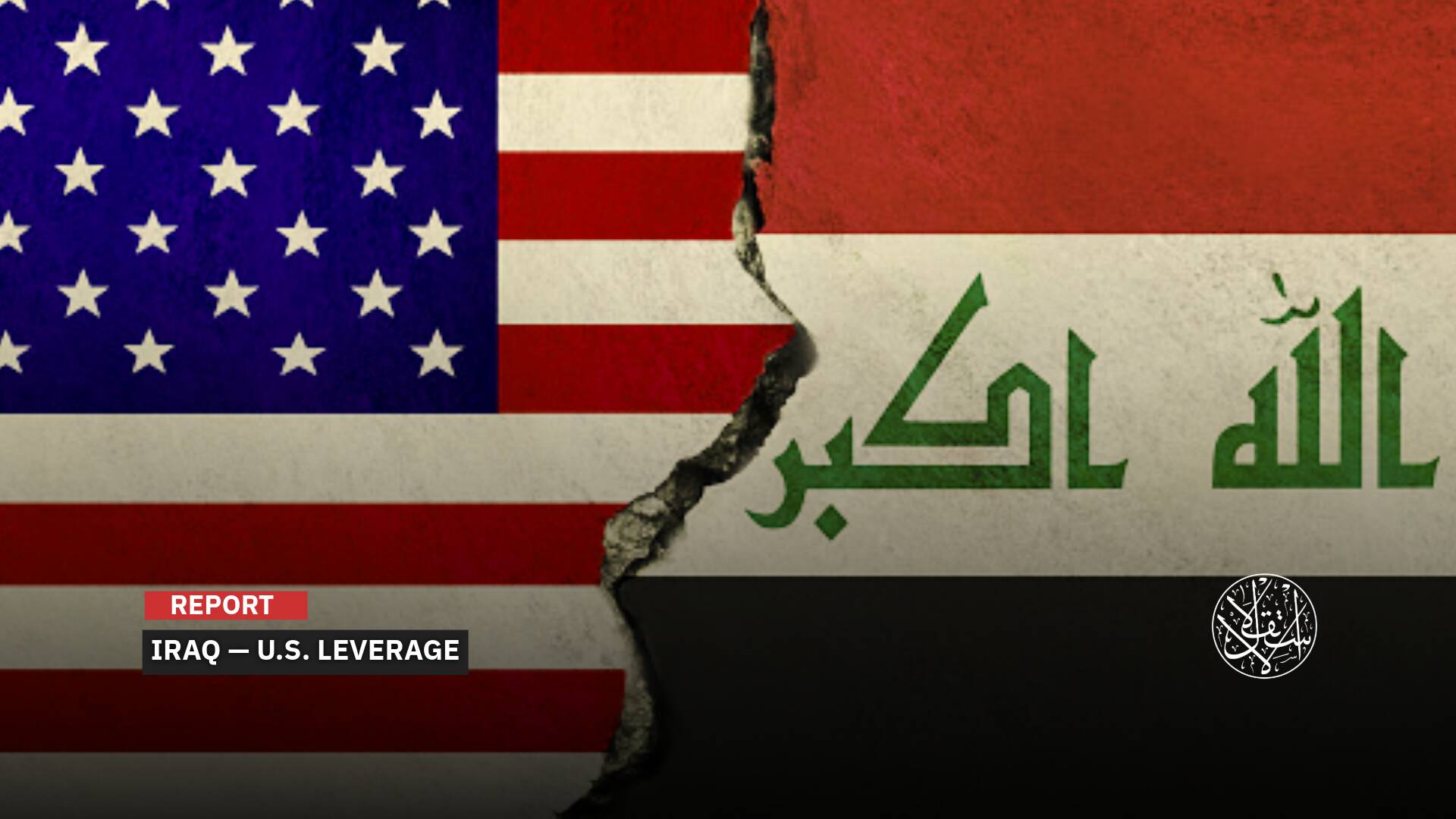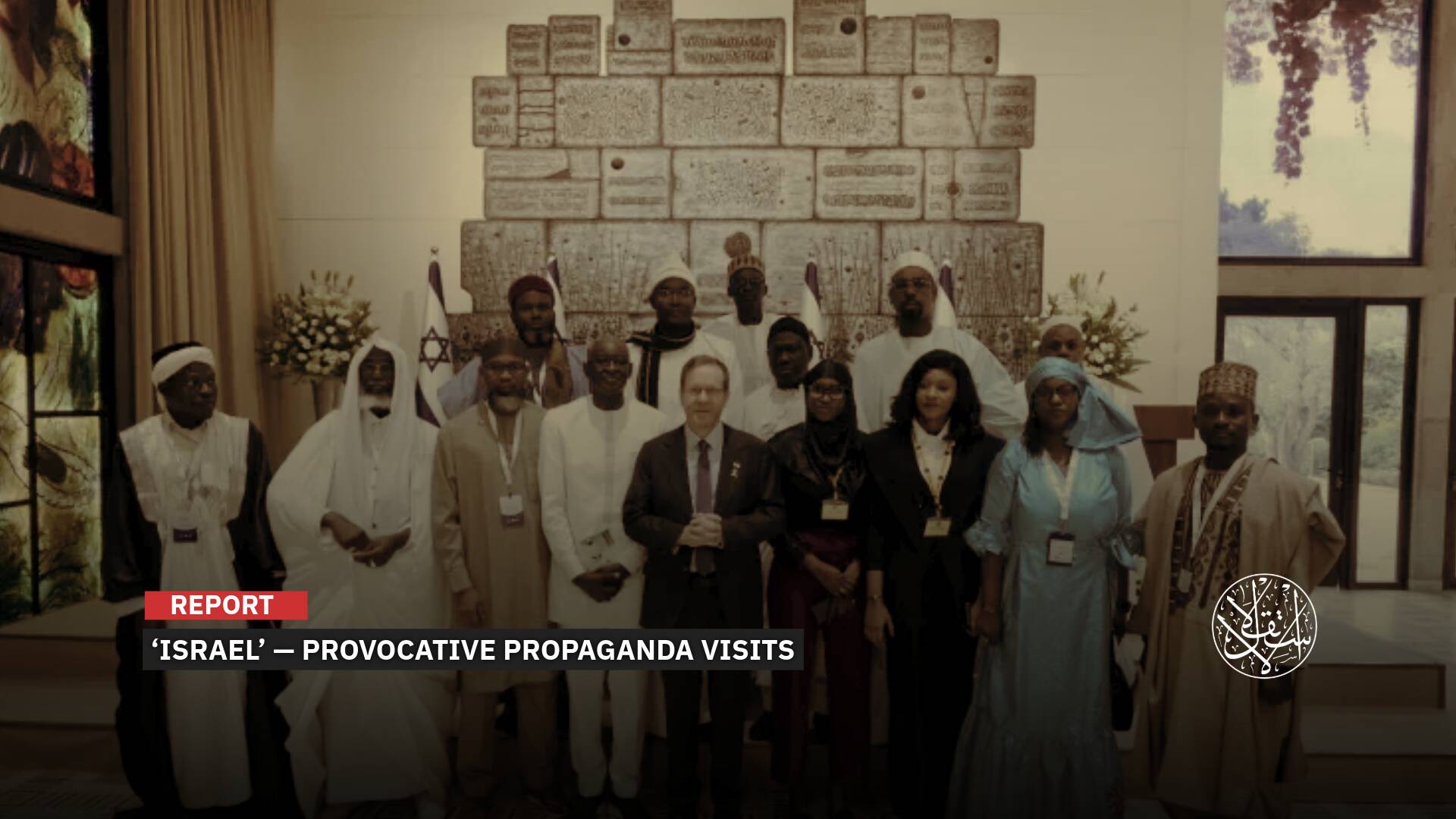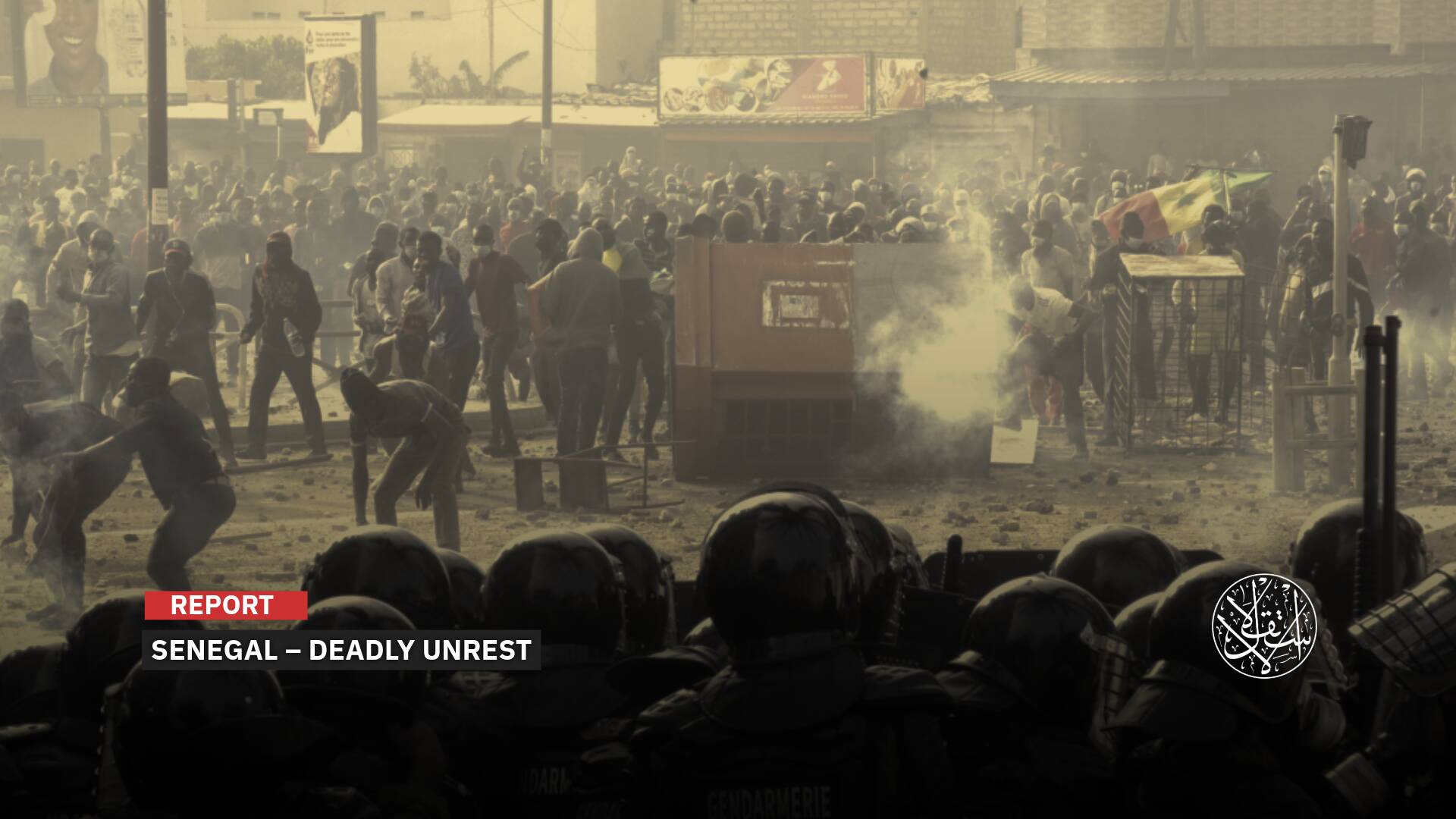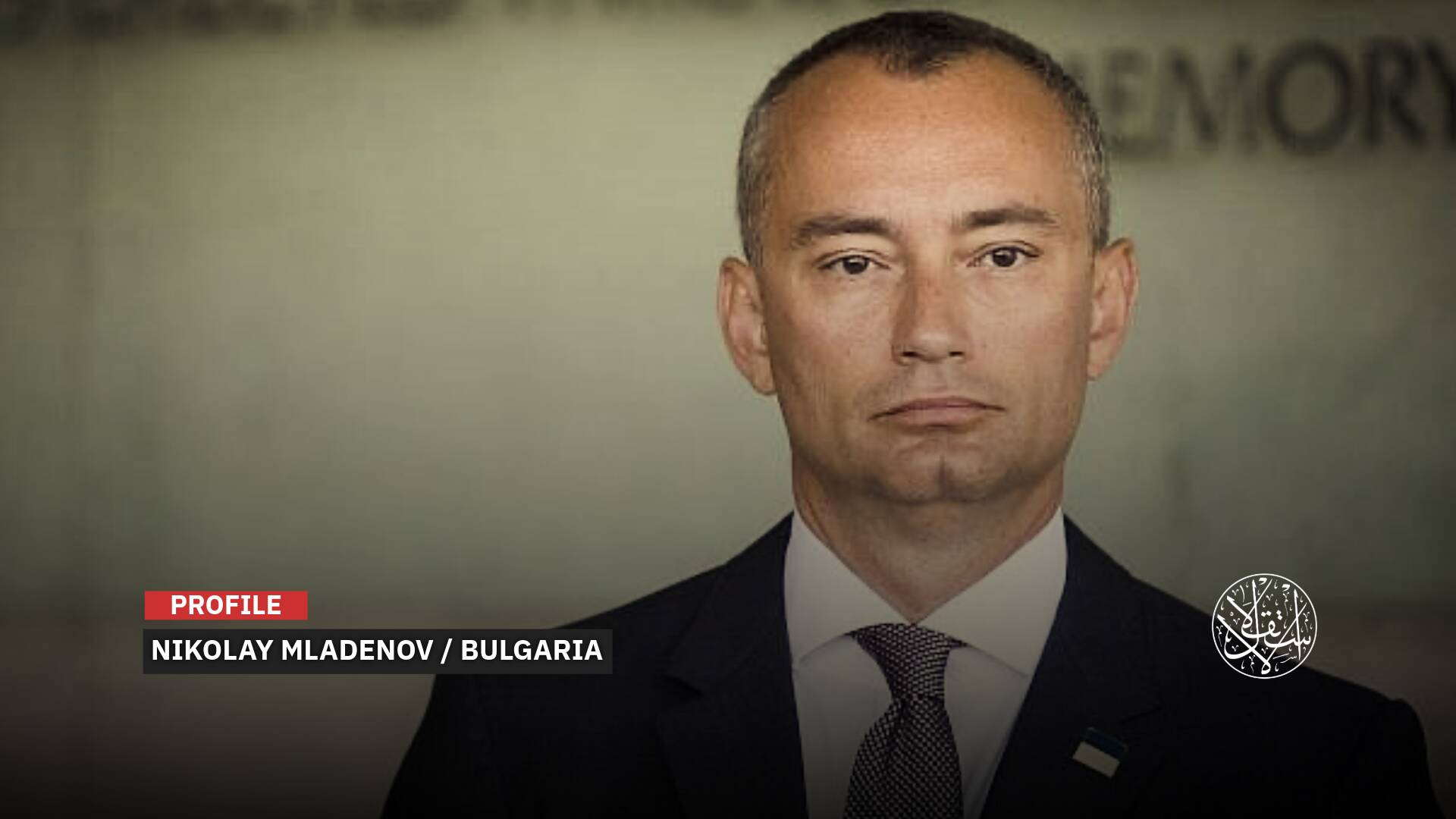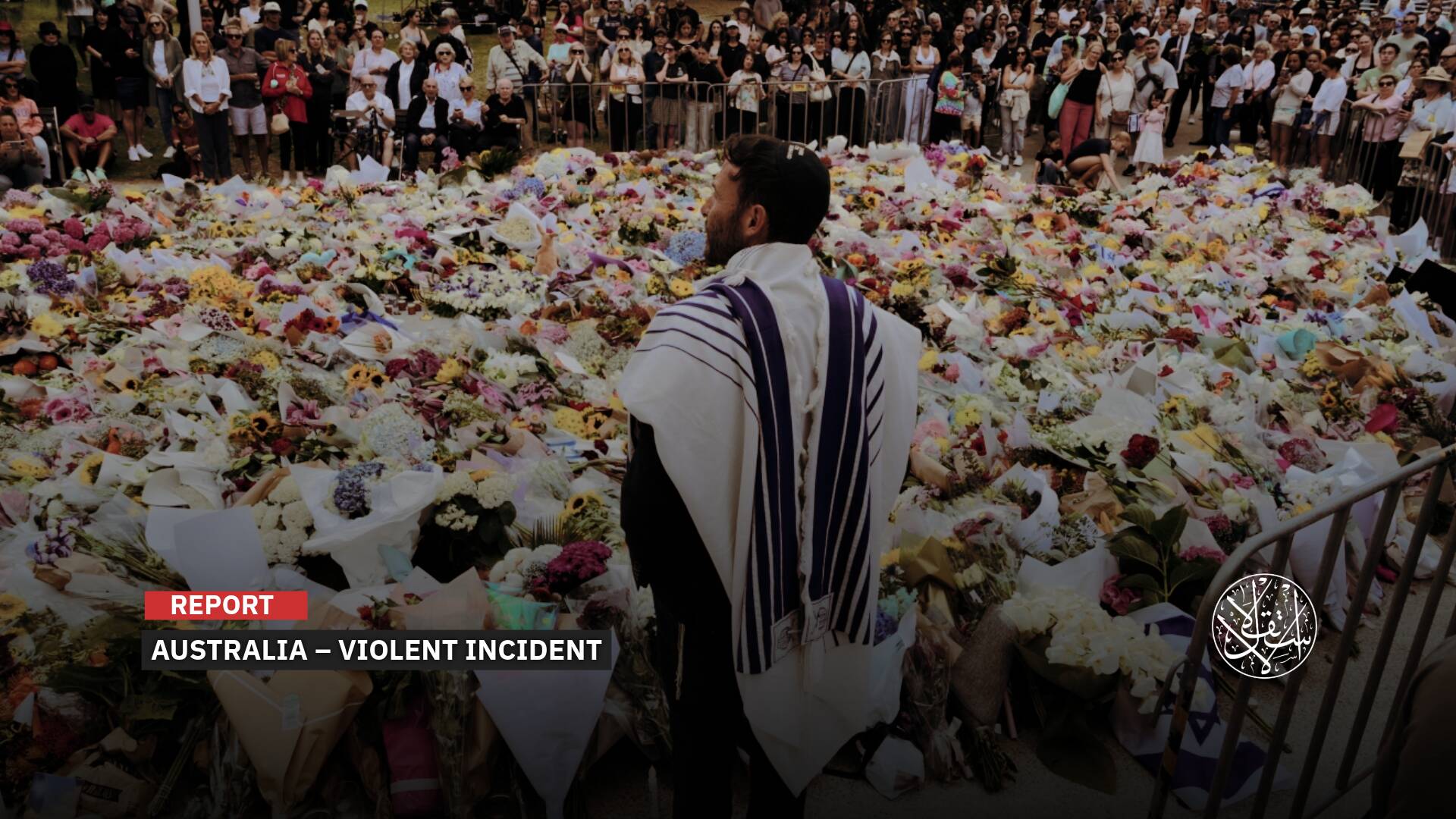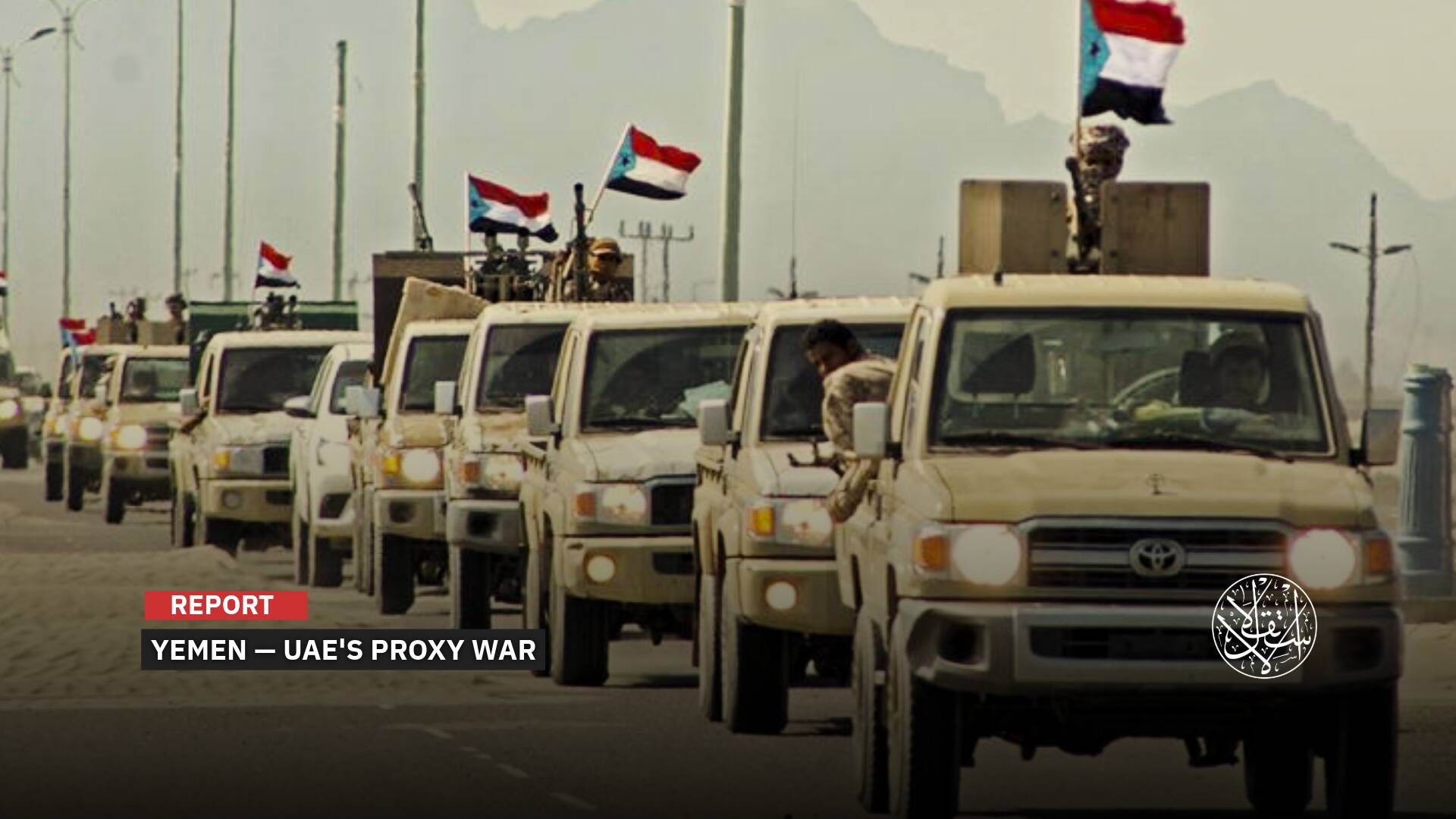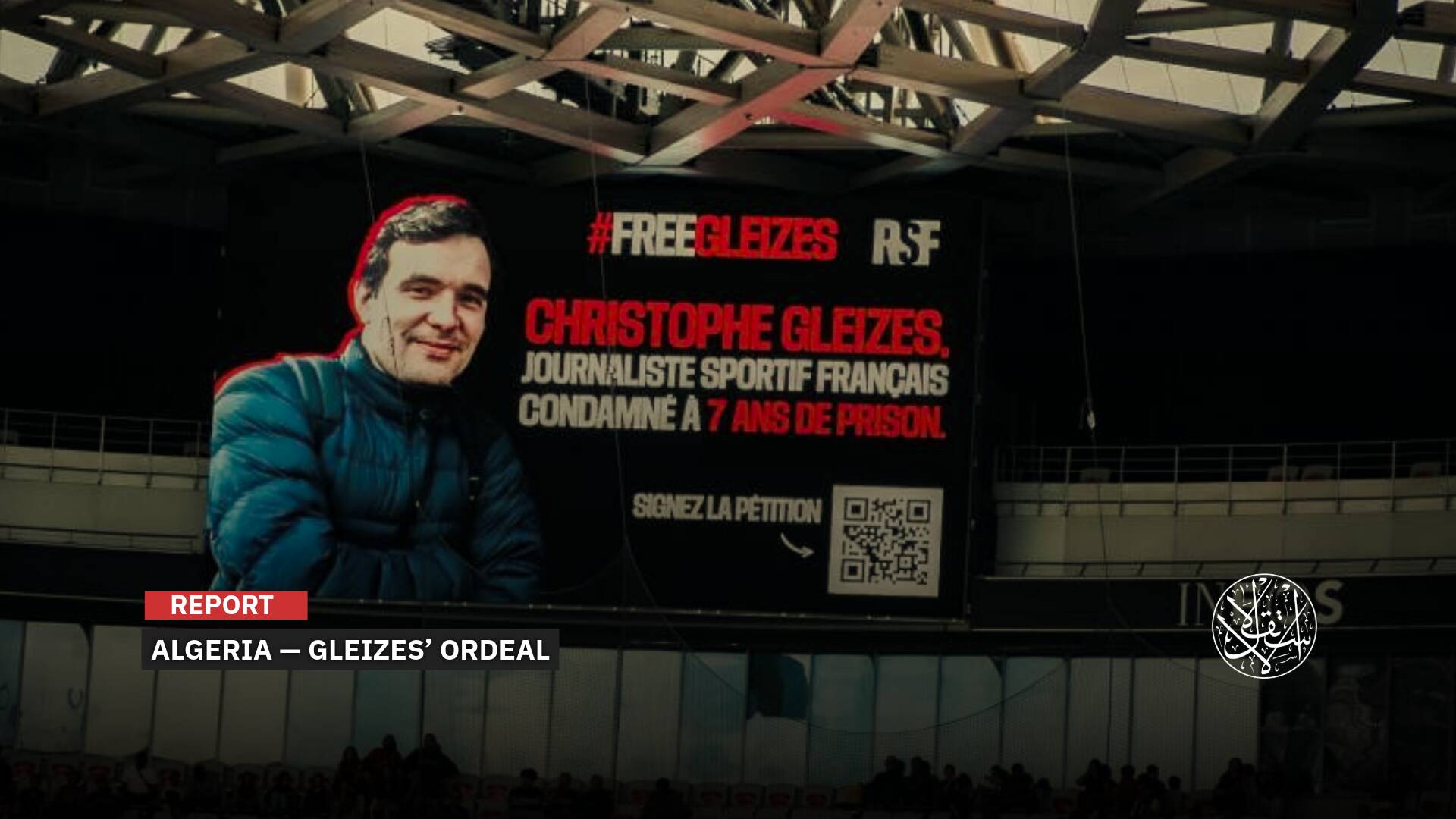Aid Theft in Gaza: ‘Israel’s’ Strategy of Starvation and Displacement

The recent thefts from aid warehouses in Gaza are far from the first of their kind.
In the dead of night, under Israeli Occupation Air Forces, unidentified armed gangs carry out raids and looting on what remains of Gaza's food warehouses and storage facilities.
These operations, reinitiated by lawless groups collaborating with the occupying army, are taking on a new and more sinister form, coinciding with an Israeli plan to starve the besieged population of the enclave.
Since March 2, 2025, the Israeli Occupation Forces have imposed a full blockade on the Gaza Strip, sealing off all its crossings and preventing even a single morsel of bread or a drop of water from entering, plunging the population into a severe state of famine.
The recent looting and thefts, which began in early May 2025, have unveiled a new Israeli strategy aimed at depleting the remaining stockpiles in international aid warehouses, with Israeli estimates suggesting that these supplies could run out entirely within days.

Looting and Theft
The armed gangs managed to seize tens of tons of food supplies from a warehouse located in the al-Mashtal hotel, northwest of Gaza City.
The warehouse, intended for the "Gaza Al-Izza Kitchens" charity—founded in 2024 by businessman Bashar al-Masri—was dedicated to providing meals to thousands of the poor and needy in the region.
Without directly referencing the thefts, al-Masri posted on Instagram on May 5, 2025, "Unfortunately, the kitchens in the north were closed today due to a lack of food supplies, and we will soon have to close the kitchens in the south as well, as we have been unable to bring in any food for nearly two months."
"We reject the current proposals for distributing aid through foreign companies, which represent another form of control over the region. Starving people is a crime against humanity, no matter the justification," he added.
At the same time, the warehouses of the World Food Programme in the Shati refugee camp, located on the western outskirts of Gaza City, were also targeted in a similar attack. These facilities had been distributing thousands of meals daily to local residents.
According to local sources, these gangs, backed by the occupying forces, also raided another warehouse in the industrial area in central Gaza City, which is operated by the United Nations Relief and Works Agency for Palestine Refugees (UNRWA).
They also seized private warehouses belonging to traders and other institutions in the Sheikh Radwan neighborhood, north of Gaza, causing extensive damage to several bakeries and commercial shops in Tel al-Hawa and al-Rimal neighborhoods in the southern part of the city.
Additionally, warehouses in Deir al-Balah, located in the central Gaza Strip, were targeted in coordinated looting and vandalism operations aimed at stripping the city of its remaining food supplies.
Local sources revealed that these gangs, armed with M16 rifles provided by the Israeli Occupation Forces, were tasked with carrying out the operation to empty the warehouses.
The widespread looting has led to the closure of the remaining charitable kitchens across the Gaza Strip, which had been receiving aid from international organizations to prepare meals for the population.
This follows a series of Israeli airstrikes on many of the charitable kitchens in recent weeks, with the armed gangs now finishing off what remained through their raids.
These thefts are carried out under the protection of Israeli drones, particularly advanced and smart models such as the Quadcopter and Skylark.
The aerial coverage aims to shield the gangs from tribal, police, and party security forces, which have been working to prevent the thefts and maintain order in the region.

Where is the Security?
Following the surge in thefts, questions have arisen about the absence of security in Gaza since the resumption of the Israeli war on March 18, after a two-month ceasefire.
Gazan journalist Yasser Mohammed stated that security forces and police are indeed present and attempting to deploy, but the limitations on their movements are imposed by assassinations, the protection of collaborators, and the surveillance of occupation drones.
"Security personnel are deployed in civilian clothes, especially in crowded streets and markets, to prevent theft amid widespread hunger, but the situation differs in certain areas," he added in an interview with Al-Estiklal.
He pointed out that when the occupation pushes gangs and agents to target specific locations for looting, burning, or vandalizing, drones are immediately dispatched to protect them and provide aerial cover, preventing security forces from approaching the scene.
Amid the growing number of warehouse robberies, several security personnel risked their lives to prevent looting of aid supplies but were targeted in airstrikes during several incidents in early May 2025, resulting in a number of martyrs and injuries, particularly in Gaza City.
"A security force was directly targeted multiple times by Israeli aircraft late on Friday (the same day), while carrying out its duty to maintain security in Gaza City," the Gaza Ministry of Interior stated on May 2.
In a statement, the ministry explained that "the airstrikes occurred while pursuing collaborators and outlaws who were spreading chaos and fear in certain areas and neighborhoods, resulting in the martyrdom of a police officer and a child, and injuring several security personnel and civilians."
In its most recent statement on the matter, the Gaza government's media office announced on April 18 that 748 individuals from the police and aid security forces had been martyred by Israeli Occupation Forces, adding that "Israel" had committed 157 targeted killings against them.
According to the Ministry of the Interior, "Security and police forces have initiated field measures to track down and thwart these blatant attempts to incite chaos and terrorize the public."
It continued in the aforementioned statement, “We will not allow the occupation’s collaborators to threaten the security of citizens and their property, and we will strike with an iron fist against all those who disrupt the peace.”
The ministry took further punitive measures, with local sources reporting that revolutionary executions were carried out against several individuals involved in collaboration with the occupation, who had executed thefts aimed at destabilizing security and exacerbating the famine in Gaza.
Additionally, the ministry's security unit, Sahm, issued orders for a curfew starting at 9 p.m. until morning, in an effort to identify and track down the gangs and collaborators.

The Nature of the Plan
The current wave of thefts is not the first of its kind, as warehouses and aid trucks entering through the Rafah crossing have been looted in previous months.
However, the gravity of the situation today lies in its timing, as Gaza teeters on the brink of famine following the closure of its crossings, coinciding with the Israeli Occupation Forces’ promotion of a new aid distribution plan, which is being accompanied by talk of a permanent occupation and potential displacement of residents.
At the end of 2024, Israeli sources reported a plan to assign the American company "Global Delivery Company" (GDC) with the sole responsibility of feeding Palestinians and transporting international aid to them, while simultaneously normalizing "detention camps" under the guise of "humanitarian bubbles."
This proposal coincided with the deliberate disruption of health and life systems in northern Gaza, as well as the cessation of food and medical aid, aimed at forcibly displacing the population and paving the way for the mercenary company to take over operations for those who remain.
But today's plan appears larger and more profound, encompassing the entire Gaza Strip, particularly following the establishment of the "Moraj Axis" in the south, stretching from the sea to the west, to Salah al-Din Street in the east, and reaching the final point on the border between Gaza and the occupied territories, specifically at the "Sofa" crossing.
The axis spans 12 kilometers, effectively separating Rafah from the rest of the Gaza Strip, and is located about five kilometers north of the "Philadelphi Corridor" on the Egyptian border, which has been under Israeli control since May 2024, with no intention of withdrawing.
This axis, which separates Khan Yunis from Rafah, will play a significant role in the distribution of aid and the forced displacement of Palestinians.
On May 6, Israeli Army Radio reported that "Israel" had adopted a new mechanism for distributing aid through three centers in Rafah, claiming to provide 70 kilograms of food per week for each family.
It was clarified that these centers will be established in Rafah under military control, situated between the Muraj and Philadelphia axes, with Gaza residents subjected to thorough checks before being allowed into the aid distribution zones.
On May 5, Israeli Prime Minister Benjamin Netanyahu announced that the government had decided to move forward with the recommendation of Chief of Staff, Aviv Kochavi, to carry out a large-scale operation in Gaza, aimed at eliminating the Hamas movement and securing the return of prisoners.
Netanyahu claimed that the Israeli Occupation Forces would relocate Gaza's residents for their protection, stressing that his forces would not vacate any territory under their control to avoid a repeat of the events of October 7, 2023.
The substance of Netanyahu’s remarks was further clarified by Israeli Finance Minister Bezalel Smotrich, who stated that the military would establish a Hamas-free zone in the south and relocate Gaza’s residents to the area extending between the Muraj and Salah al-Din axes.
He explained that "from there, they will be relocated abroad, in accordance with the plan proposed by former U.S. President Donald Trump," aimed at asserting control over Gaza.
Hebrew media outlets reported that the implementation of this plan would commence following Trump’s visit to the region in mid-May, to allow for negotiations and to enable the military to intensify its preparations.
What stood out was the Palestinian presidency’s response to the theft issue, as it seemed more focused on returning to rule Gaza than addressing the occupation’s plans. It overlooked the Israeli strategies and instead pointed fingers at Hamas.
In a statement released on May 3, the presidency condemned the thefts, saying, “We condemn the looting and theft operations carried out by Hamas gangs at warehouses and humanitarian aid storages in Gaza.”
It added, “All these gangs are well-known and will be placed at the top of the blacklist, to be held accountable in due time.”
The Israeli plan, however, aims to evacuate residents and confine them to narrow areas where aid can be distributed, while beginning to target those remaining outside these zones, branding them as Hamas members, before initiating a process of population displacement.
Media and political circles in "Tel Aviv" have raised doubts about the viability of the plan, citing the failure of similar strategies over the course of months of aggression.
These include proposals by Israeli generals, as well as the previous resilience of northern Gaza residents, who refused to move south despite being starved and denied aid.


